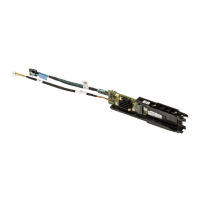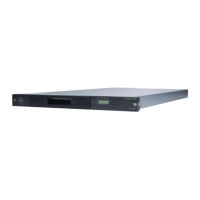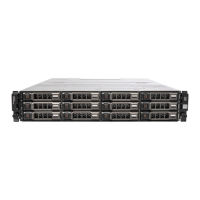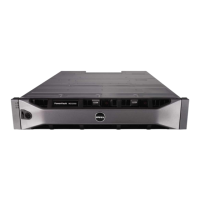6
Using system diagnostics
If you experience a issue with your system, run the system diagnostics before contacting Dell for
technical assistance. The purpose of running system diagnostics is to test your system hardware without
requiring additional equipment or risking data loss. If you are unable to fix the issue yourself, service and
support personnel can use the diagnostics results to help you solve the issue.
Dell Embedded System Diagnostics
NOTE: The Dell Embedded System Diagnostics is also known as Enhanced Pre-boot System
Assessment (ePSA) diagnostics.
The embedded system diagnostics provides a set of options for particular device groups or devices
allowing you to:
• Run tests automatically or in an interactive mode
• Repeat tests
• Display or save test results
• Run the tests to introduce additional test options to provide extra information about the failed
device(s)
• View status messages that inform you if tests are completed successfully
• View error messages that inform you of issues encountered during testing
When to use Embedded System Diagnostics
If a major component or device in the system does not operate properly, running the embedded system
diagnostics may indicate component failure.
Running Embedded System Diagnostics from Boot Manager
1. As the system restarts, press F11.
2. Use the up-and down arrow keys to select System Utilities → Launch Diagnostics.
The ePSA Pre-boot System Assessment window is displayed, listing all devices detected in the
system. The diagnostics starts executing the tests on all the detected devices.
Running Embedded System Diagnostics from Dell Lifecycle Controller
1. When the system restarts, press F11.
2. Select Hardware Diagnostics → Run Hardware Diagnostics.
The ePSA Pre-boot System Assessment window is displayed, listing all devices detected in the
system. The diagnostics starts executing the tests on all the detected devices.
137
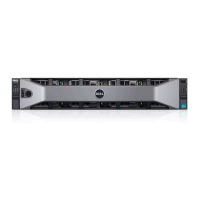
